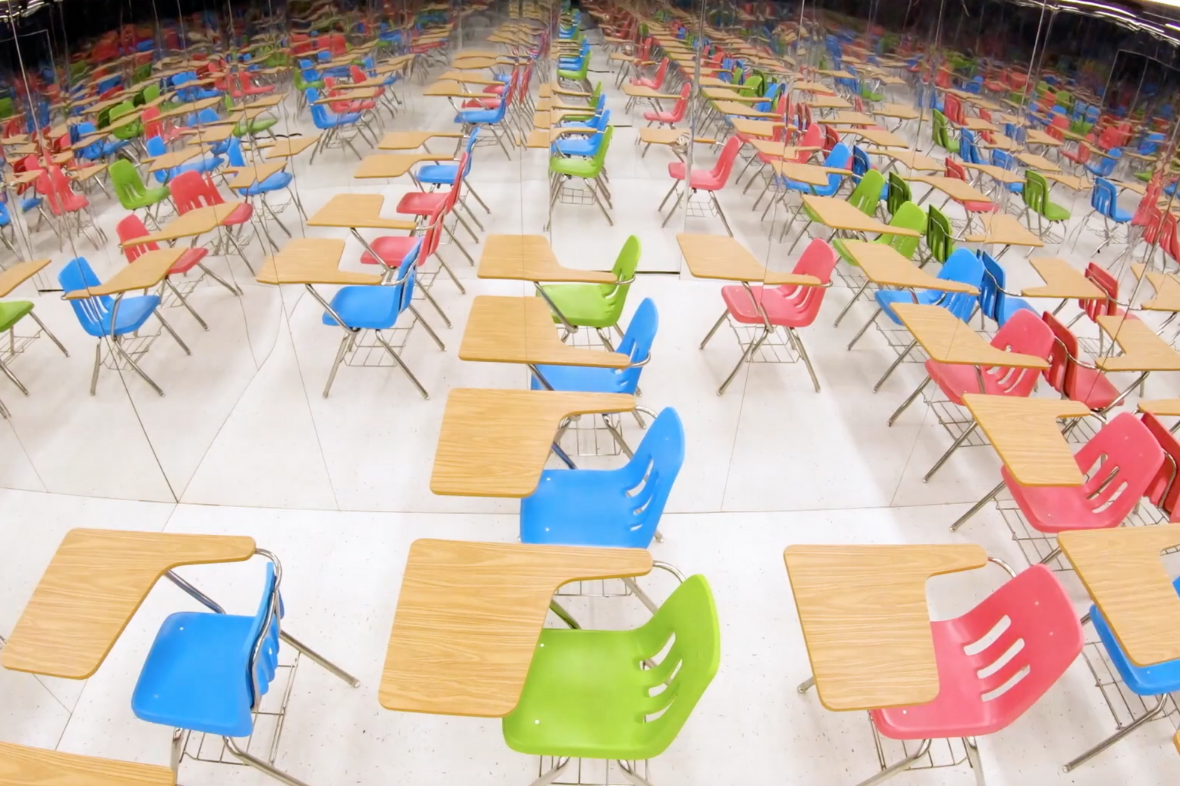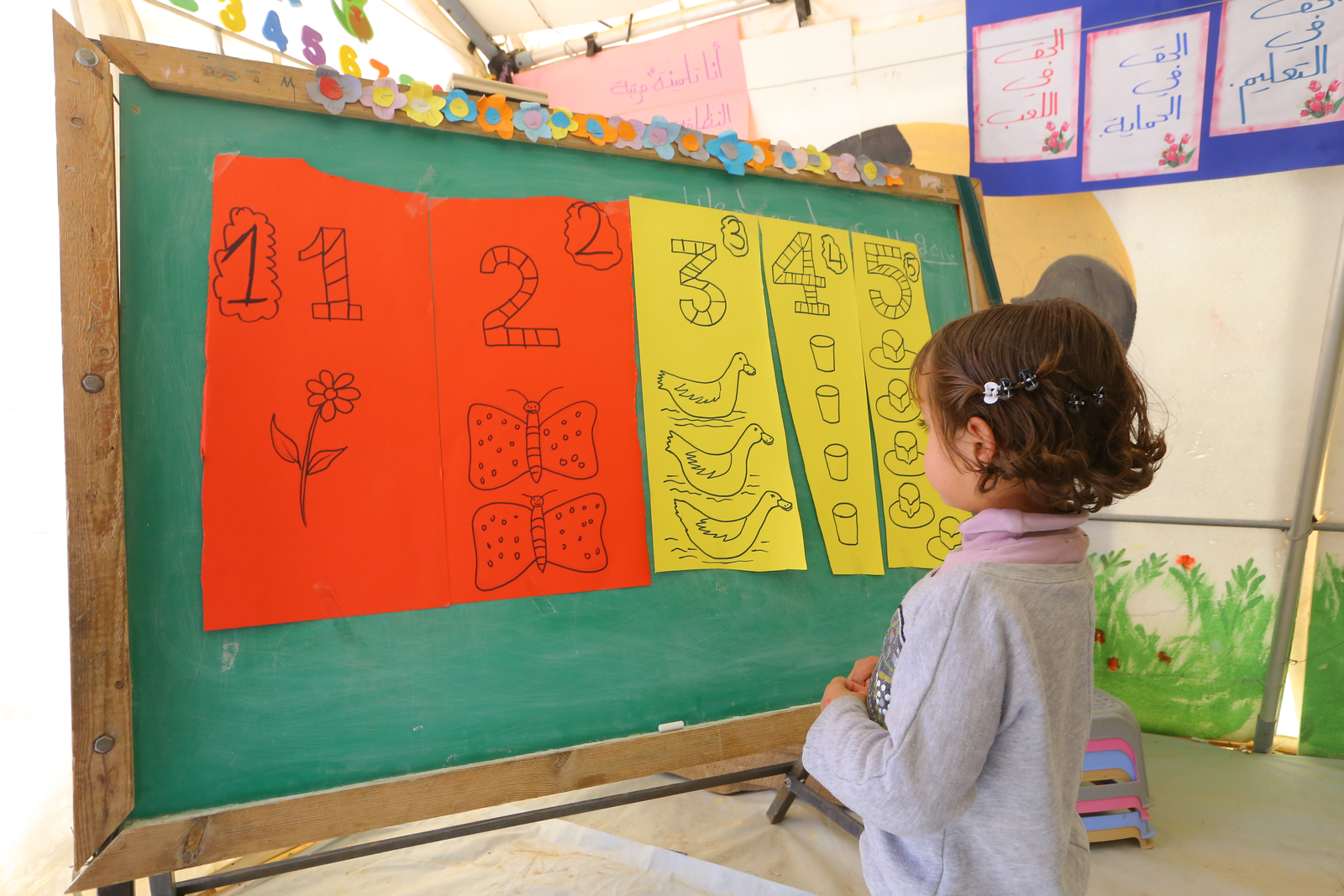
Education in emergencies

Find out how millions of children around the world miss out on school because of humanitarian emergencies including conflicts, natural disasters and health crises - and what is being done to change that.
How many children are living in emergency situations?
Education in emergencies means providing schooling in humanitarian emergencies including conflicts or wars, natural disasters and health-related crises, such as the Ebola outbreak.
One in four of the world’s school-age children – nearly 500 million – live in countries affected by ongoing emergency situations. In 2017 alone, 75 million children and youth had their education disrupted, received poor-quality education or dropped out of school altogether.
Conflict alone is one of the biggest barriers to education, keeping more than 25 million children out of school during 2016-17.
Emergencies can disrupt a child’s education for years. This means children miss out on vital learning and are deprived of a safe place to be when they are in very traumatic situations.
Some examples of children living in emergencies:
- Conflict
Syria’s ongoing conflict has left many children and youth without an education – 1.75 million were out of school in 2017. There are 1.5 million school-aged Syrian refugee children living in neighbouring countries including Turkey, Jordan and Lebanon, with approximately half not having access to formal education.
- Natural disaster
In South Asia, at least 18,000 schools were damaged or destroyed due to severe flooding and landslides in 2017. Almost two million children were unable to attend school after the worst flooding in years to hit regions of Bangladesh, Nepal and India.
- Health crisis
The cholera outbreak of 2017 in Yemen, combined with war and malnutrition, led to two million children being out of school. More than 2000 have died since April 2017 – a quarter of them children.
Why is education in emergencies so important?
Without an education, young people’s childhoods may be lost to child labour, child marriage, recruitment by armed groups or other life-threatening activities. A child who is out of school for more than a year is unlikely to return. Girls are 2.5 times more likely to drop out of school than boys.
Other reasons include:
- Sense of community
In emergency situations, education can give displaced or traumatised children a sense of structure and direction. A safe place to play and learn can help children heal by providing a return to familiar routines.
- Wellbeing and survival skills
School can also be a place to provide vital health and safety information, like hand-washing, land mine awareness and other survival skills.
- Breaking the cycle of poverty
Getting children back into learning also offers a better chance to break the long-term cycle of poverty or conflict. Educating children contributes towards establishing peace and restoring damaged communities. It helps children develop the skills and knowledge they need to build safe, strong communities and economies when they reach adulthood.
Babies and young children in emergencies
A report published by Theirworld warned that millions of vulnerable babies affected by conflicts and disasters will suffer from psychological trauma, toxic stress and poor brain development unless the international community starts to prioritise the youngest children in an emergency response.
More than 16 million babies were born in conflict zones in 2015 – an average of 43,835 per day- and not planning for and financing early childhood development services in emergencies, ensuring “Safe Spaces” for all children, can have lifelong detrimental effects.
"School helps you think about other things. You forget all the bad things”. Veva, 14, from the Central African Republic
Girls in emergencies
In humanitarian emergencies, girls face particular vulnerabilities and barriers that can frequently prevent them from realising their right to education. Displacement, poverty and the breakdown of familial and social protection mechanisms can place girls at higher risk of sexual abuse, violence, exploitation and early forced marriage.
Where crises exacerbate poverty, girls can be pulled out of school or even forced into early marriages to alleviate economic burden, or because their parents perceive this option as a way to protect their daughters.
Theirworld's campaign for education in emergencies
Despite a number of children affected by crises, humanitarian aid for education almost halved between 2010 and 2015, leaving an annual funding shortfall of $8.5 billion.
In 2015, less than 2% of all humanitarian aid went to education. That means only 12% of children in emergency situations who needed education assistance were helped.
In 2016, education in emergencies only received 48% of what it had asked for, less than average in comparison to other sectors.
These were crucial in the creation of the Education Cannot Wait fund to provide education for children in emergencies and the establishment of double-shift schools which saw nearly 200,000 Syrian refugees in school during the 2015-16 academic year.
More than 20,000 messages were sent by Theirworld campaigners to world leaders – demanding that they keep their promise to get every Syrian refugee child back into education for the 2016-17 school year.
Global Youth Ambassadors from around the world delivered messages to world leaders attending the United Nations General Assembly, telling them: “You promised. Now it’s time to deliver education for every refugee child”.
Next resource
